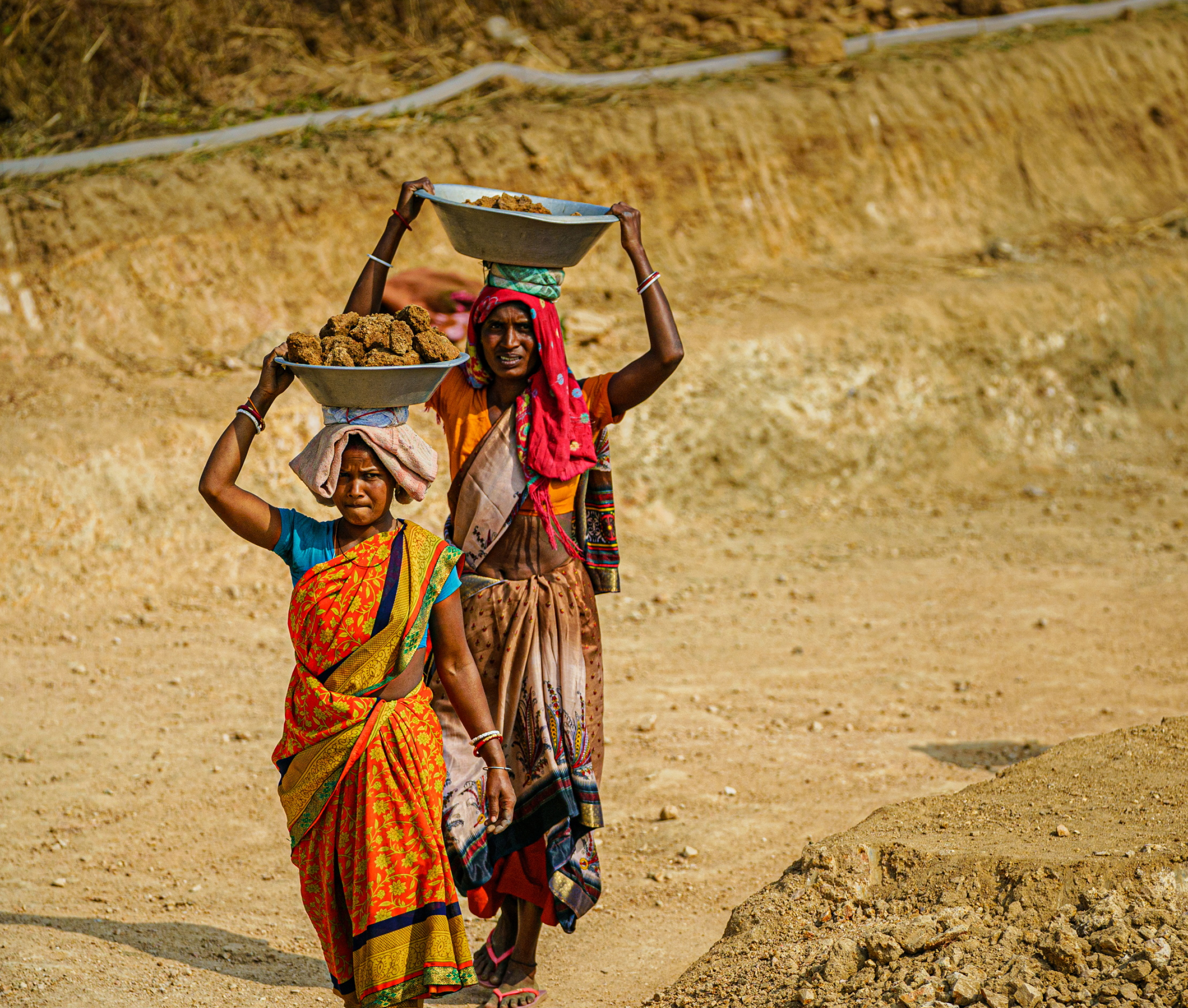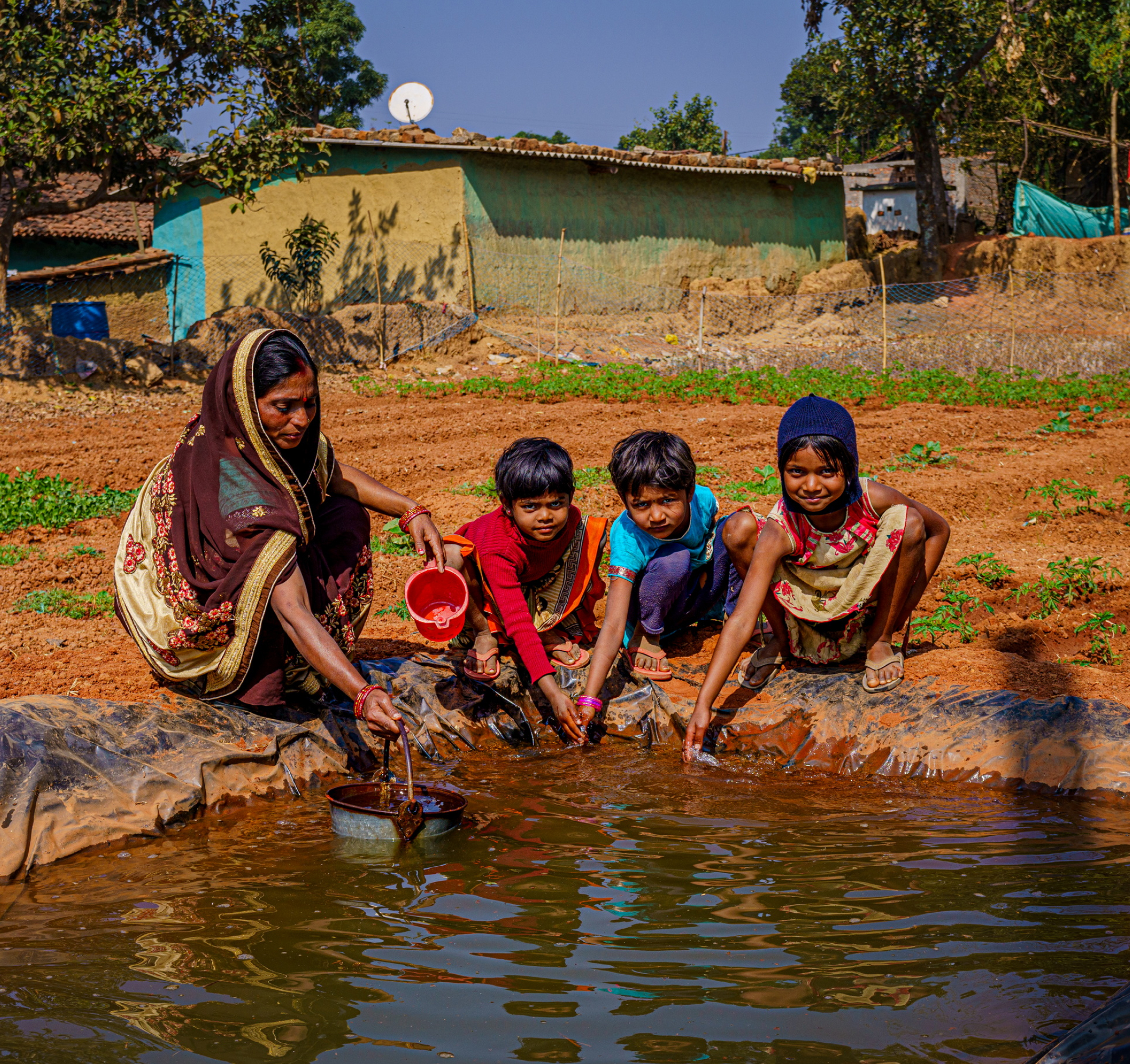Despite rapid economic growth, citizens in the bottom 100,000 villages in India do not have access to the same opportunities as the rest of the country.

In India most people live in rural areas. Despite significant efforts towards industrialisation and urbanisation, a vast majority of rural inhabitants still struggle to attain a decent quality of life. Devoid of adequate access to education, healthcare and sustainable livelihoods, their lives remain uncertain due to the persistently low economic conditions in rural areas.
These developmental disparities have resulted in extensive inequity, extreme poverty and vulnerability for a significant population – 100,000 of India’s most underdeveloped villages. The search for a better life forces many villagers out of the places they call home, all in an effort to earn a better future for the next generation.
Chhattisgarh
Jharkhand
Madhya Pradesh
Uttar Pradesh
Assam
Bihar
Goa
Maharashtra
Uttarakhand
We refer to these locales as “Stranded India’ because they find themselves trapped in a poverty cycle. They are severed from the pathways that lead to better opportunities and ways to build their capacities. Too often, they lack the means to lift themselves out of poverty and do not believe they can aspire to a better life.
Not surprisingly, they are overwhelmingly reliant on public services that often fail to deliver effectively. And development efforts, although well-meaning, struggle to be sustainable for a variety of reasons.
If those involved in creating and implementing a development initiative do not first meet with the people in need of the intervention, the initiative is unlikely to succeed. That is because every community has different needs and abilities, never mind different drivers and motivators. Discovering all of those is crucial. Visiting and listening to a community is paramount.
Sadly there is no silver bullet that can solve inequity. There is not one lever in society that can be pulled. Most problems of poverty and inequality are complicatedly intertwined. So working in a silo of development – working on one area or one solution – is rarely going to be effective in bringing more equal opportunities and flourishing villages. A holistic, big-picture view is important.
Despite the best intentions, many noble ideas are simply not economically viable for the stakeholders in the long-term. If an initiative can not be onboarded by a local community for the long-term, if it can be economically sustainable, then the opportunity divide will only grow wider.

India’s progress hinges on creating equal opportunities for its most vulnerable citizens. That is why we focus our efforts on working with underserved rural communities in India – to restore dignity and enable development for people today and for generations to come.
Reach us at
TRI Square,
43 Community Centre Zamrudpur,
Kailash Colony Extension,
Behind Hanuman Mandir,
New Delhi,
Delhi 110048
+91 11 40526985